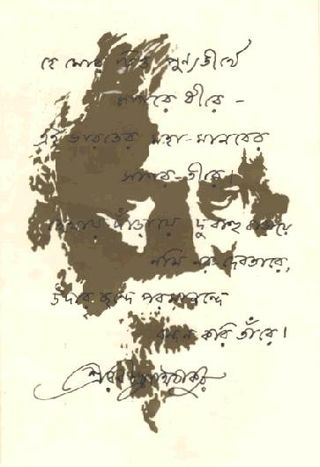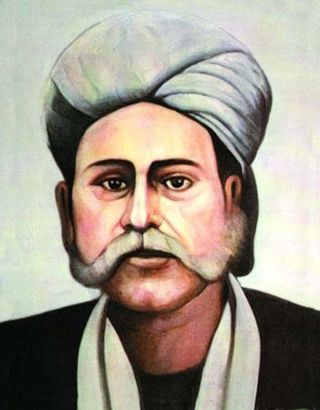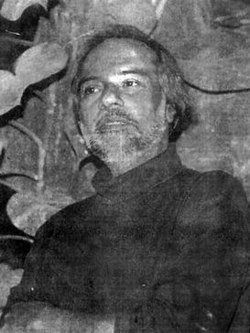Bengali culture and its excellence
Historically Bengal has a very rich cultural heritage. Bengal is, indeed, noted for its rich culture in songs, music, drama, dances and language. Its indigenous style of music, art, dance and drama is unique even within the diverse cultural landscape of south Asia.
Bengali is one of the oldest languages in the world, and had previously been voted by UNESCO as the sweetest language on the planet. even Portugese, Spanish and many other established modern languages. It is the official language of Bangladesh, and the main tongue spoken in the Indian state of Bengal. Several Bengali speaking speaking people now live in the western world, mainly settled in UK, Italy, USA and France. In the middle ages, Bengali was already a well-established language with popular poets like Bidyapati, Chandidas, Daulat Kazi and Alawol.
However, things started changing rapidly about 200 years ago in a period known as Bengali Renaissance. With the emergence of some great personalities like Iswar Chandra Vidyasagar (1820-91), Michael Madhusudan Datta (1824-73) and Bankim Chandra Chattopadhyay (1838-94) Bengali language and literature was enriched to the highest level. And then came the famous Bengali poet, philosopher and author Nobel Laureate Rabindranath Tagore (1861-1941) followed by the rebel poet Kazi Nazrul Islam. These two great Bengali poets thrust the language onto the world stage. Tagore was urban, sophisticated and universal; Nazrul exhibited his spirit of protest and opposition to all social injustice, discrimination, oppression and exploitation, while Jasimuddin vastly remained rural and provincial in his approach. Their common bond was their liberal outlook for secular Bengali culture. Music, songs, drama and dances are also part of rich Bengali culture and these have been nurtured by the village singers, musicians, actors and dancers. With sweet melodies, touching words of love, tragedy and devotion, folk music is the most popular form of music all over Bengal. The best known forms of folk music are bhatiali, baul, bhawaia, jaari, marfati and murshidi. Lalan Fakir, Hasan Raja, Nirmalendu Chowdhury, Abbasuddin Ahmed, Sachin Dev Burman, Purnadas Baul, Sadhan Bairagi and Abdul Halim are some of the greatest names in Bengali folk music.
On the other hand, the pioneer of modern Bengali music was the world famous Nobel Laureate poet Rabindranath Tagore; it remains unique in the world that an entire genre of music is named after one composer – Rabindrasangeet. Kazi Nazrul’s songs are popularly known as Nazrulgeeti. Bengal also shares the rich tradition of classical music of the subcontinent. Indeed, Bengal has produced many musicians and maestros of international repute like Ustad Alauddin Khan, Ustad Ali Akbar Khan, Pandit Gyan Prakash Ghosh, Pandit Ravi Shankar and Pandit Ajoy Chakrabarty. Bengali music has evolved rapidly fast in the last century, with prominent exponents being Krishnachandra De, Salil Chowdhury, Azam Khan, Hemanta Mukherjee, Ferdausi Rahman, Manna De and Sabina Yasmin to name a few. Bengali bands and post modern music has matured with Mohiner Ghoraguli, Miles, Nagar Baul, LRB, Warfaze, Krosswindz, Cactus, Fossils, Lakkhichhara, Bhoomi and Chandrabindoo and many many more.
Bengali Performing Arts aims is to promote this rich Bengali cultural heritage and its excellence by organising year-round quality cultural programmes and help in enriching our mulit-cultural society in a cosmopolitan Scotland.






